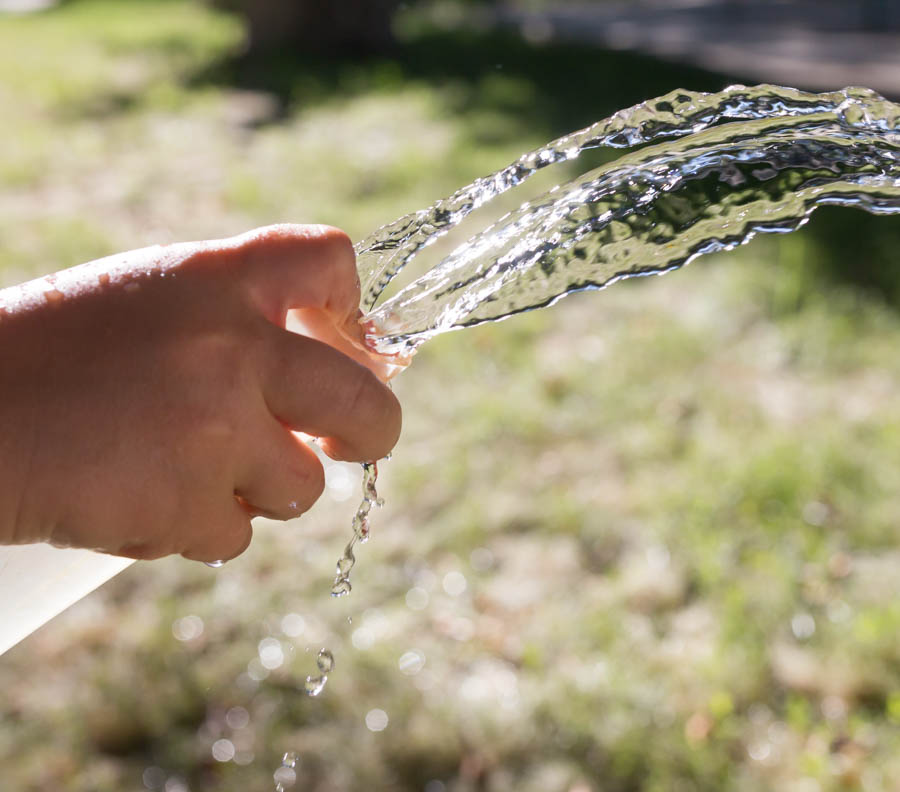Summer Watering in Inland Mediterranean Climates

Careful attention to watering is critical during the high heat of summer in California’s warm inland areas and other similar Mediterranean climates; most vegetables, especially those in containers, need close attention and more-frequent watering. Here are seven tips for watering your garden in August:
- Monitor vegetable plants once or twice daily during heat waves to avoid unexpected losses.
- Most vegetables perform best in soil that remains dry at the surface, and moist-but-not-wet belowground. In healthy soil during warm-to-hot weather, established vegetables in the ground may go a-few-to-several days or longer between waterings. Drip irrigation or hand watering can provide benefits such as deeper rooting, less evaporation, and reduction of some pest-and-disease problems. Water as infrequently as possible while avoiding any wilting, and to full estimated depth of plant roots, such as with a slow hose trickle for 15 to 30 minutes or longer for large plants.
- Overwatering, watering with sprinklers, or routinely wetting foliage may significantly increase pest and disease problems.
- Watch for earliest signs of wilting in sensitive plants to signal watering intervals for the entire garden.
- Spray or rinse foliage gently once every 2 to 3 weeks to remove dust and airborne pollutants.
- Once plants begin to bolt, most need less water to set seeds; water bolted plants for saving seeds only upon early signs of wilting.
- Squash and other vegetables may transpire during hot times of day faster than they can take water up through their roots; avoid overwatering if you know the area is well watered; plants with sufficient soil water should recover turgor overnight; if any plants are still wilted by morning, increase watering or investigate irrigation issues.
Other articles of interest:
The GardenZeus Guide to Watering Tomatoes
The GardenZeus Guide to Watering Cucumbers, Melons and Squash (Cucurbits)